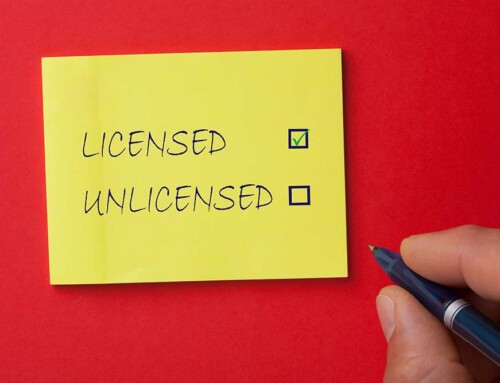Schedule a Consultation: 858.483.9200
Merger and Acquisition Lessons from Walgreens and Rite Aid
There are two important lessons to be learned from the recent efforts by Walgreens to buy Rite Aid:
- Never give up.
- You have options; if you cannot accomplish a stock purchase, then go for an asset purchase.
Background
As recently reported, the national drugstore chain Walgreens has backed off of its plan to buy Rite Aid Corp, a rival drugstore chain, after failing to secure approval from the Federal Trade Commission (“FTC”) over antitrust worries. Now, Walgreens announced a new plan to buy about half of Rite Aid’s stores, an asset purchase. Under the new plan, Walgreens would buy about 2,200 Rite Aid locations for more than $5 billion.
In 2015, Walgreens and Rite Aid agreed to a $17.2 billion merger deal that would have combined the second and third largest drug-store chains. CVS Health was number one. Walgreens offered to pay $9 per share in cash along with assumption of various Rite Aid debt, a classic stock purchase. In a stock purchase, the buyer buys the stock of the target and, in so doing, accepts all of the assets and liabilities/debts of the acquisition target. Walgreens claimed that its purchase of Rite Aid would save it more than $1 billion in “synergies,” which could come in the form of combined purchasing power and cost cuts.
However, as noted, the merger hit regulatory hurdles. The FTC was concerned that combining the number two and three drugstore chains would lead to higher prices for consumers. See here.
Walgreens, however, did not give up. Walgreens first suggested a revised deal where it offered $2 less per share, but this did not appease the regulators. That is lesson one: Never give up. If a merger and acquisition is vital to expanding or maintaining your market share, keep working on alternatives. As can be seen with this example, there is more than one way to accomplish your business goals.
Walgreens Abandons Merger, Moves to Asset Purchase
While the FTC did not formally refuse to approve the proposed merger, it was obvious that delays would continue. As such, Walgreens and Rite Aid “voluntarily withdrew” their merger plan and moved on to an asset purchase deal. Notably, reports say that Walgreens paid Rite Aid a “breakup fee” of $325 million in accordance with the merger agreement.
In an asset purchase, Rite Aid would remain extant as a corporation and would continue to run about half of its locations around the country. In addition, Walgreens is not planning on assuming any of the debt obligations of Rite Aid. This is among the important differences between a stock purchase and an asset sale. Just as importantly, an asset purchase is not generally subject to approval by the FTC or other regulatory agencies such as the Securities and Exchange Commission. There will be some regulatory scrutiny, but federal regulators will have limited power to stop the asset purchase.
Contact San Diego Corporate Law
If your company is planning a merger or planning to acquire a competitor, you need an experienced M&A attorney like Michael J. Leonard, Esq., of San Diego Corporate Law. As said, never give up and if the stock purchase falls through, then try to make the deal an asset purchase. Contact San Diego Corporate Law and get the skilled guidance that you need. Contact Mr. Leonard by email or by calling (858) 483-9200. We look forward to helping you expand your business and seize market share.






